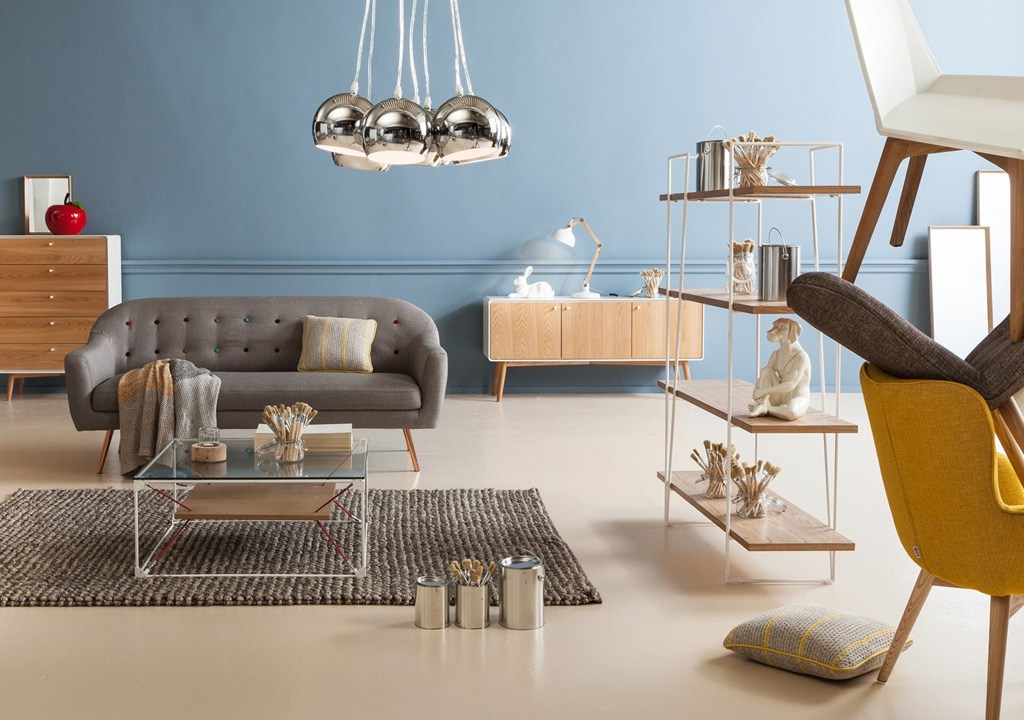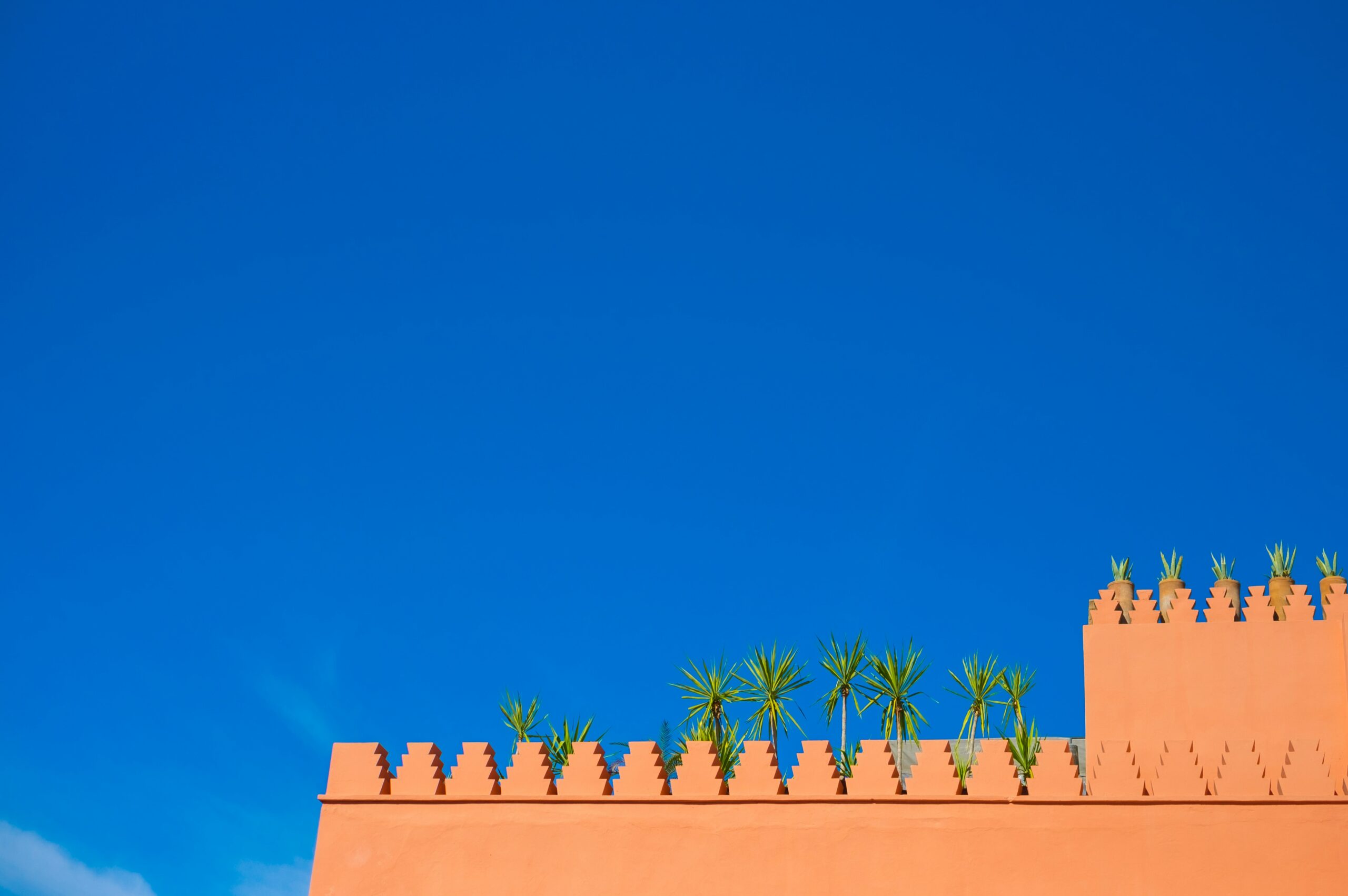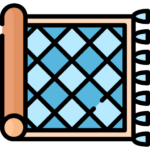Morocco - a country where the past and the present coexist in harmony, where traditions and modernity interweave creating a vibrant tapestry that is as eclectic as it is exquisite. This is most evident in the realm of Moroccan craftsmanship - a world filled with color, texture, and unending creativity. Let’s embark on an artisanal expedition across this magical land to uncover the rich heritage of Moroccan artistry.
Our journey begins in the bustling city of Marrakech, an essential destination for anyone seeking to experience the vibrancy of Moroccan culture. In the heart of the Medina, the city's historical center, we find traditional ceramics workshops. Here, generations of potters have honed their skills, producing works of staggering beauty, from decorative plates and vases to Tajine dishes used for the slow-cooked, savory Moroccan stew. The art of pottery in Marrakech is an age-old tradition, and the city is famed for its distinctive 'Marrakech Red' pottery, a testament to the unique clay found in this region.
Condimentum enim

Next, we journey to Fez, known for its woodworkers and Cedarwood boxes. Fez is one of the world's oldest cities and a UNESCO World Heritage site. Walking through the labyrinthine alleys of the city’s Medina, you'll find workshops where artisans meticulously carve cedar wood, a material native to Morocco. The city is particularly famous for its ‘Arabesque’ boxes – these intricate items are traditionally used to store jewelry or other small trinkets. The craft requires not just skill, but an almost meditative concentration as the artisan shapes each detail by hand.
Condimentum enim

Rabat, Morocco’s capital, is our next destination. Renowned for its textile industry, Rabat is home to many rug weavers who carry on a craft dating back to the Berber tribes of antiquity. The rugs from Rabat often feature geometric designs and vibrant color palettes, and each rug tells a story – about its weaver, about Moroccan culture, and about the tradition that spans centuries. The art of weaving is deeply rooted in Moroccan society, and the intricate patterns and motifs used in the rugs are rich with cultural symbolism and historical significance.
Moving towards the High Atlas Mountains, we reach the town of Safi, the heartland of Moroccan pottery. Safi pottery is distinct for its bright colors and intricate designs, bearing influences from Amazigh, Arab, Andalusian, and Ottoman cultures. Walking through Safi’s pottery district, one can witness artisans at work, their hands deftly molding, painting, and firing the clay – a mesmerizing dance of creativity and precision.
Our final stop is the coastal city of Essaouira, known for its unique Thuya woodcraft. Here, woodworkers create intricate boxes, furniture, and decorative items from Thuya, a rare type of wood only found in the western foothills of the Atlas Mountains. The craft has been passed down through generations, and the process from selecting the perfect piece of wood to the final polish is a labor of love.
Our artisanal expedition across Morocco draws to a close, but the magic of Moroccan craftsmanship stays with us. The country’s craft traditions are not just about creating beautiful objects. They embody the spirit of Morocco - its history, its culture, its people. Each handmade item carries within it a piece of Moroccan soul – etched in wood, shaped in clay, woven in threads. As we hold a Moroccan craft, we hold a fragment of Morocco’s timeless magic.
Through supporting Moroccan artisans, we keep the magic alive. We preserve the old-world traditions, celebrate the unparalleled skill of the craftsmen, and contribute to the sustainability of these trades. As you bring Moroccan crafts








